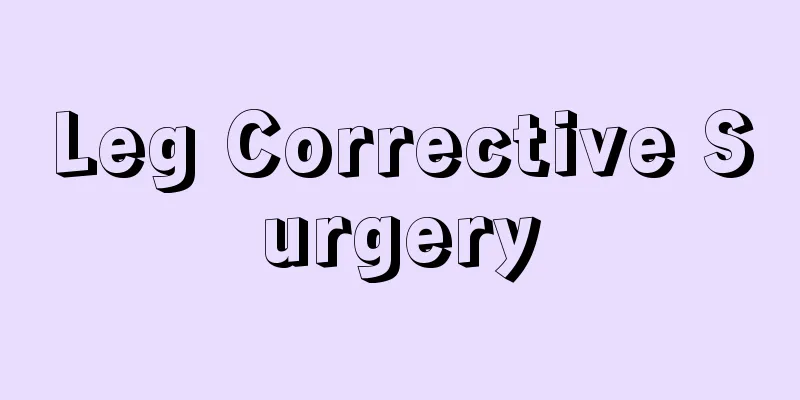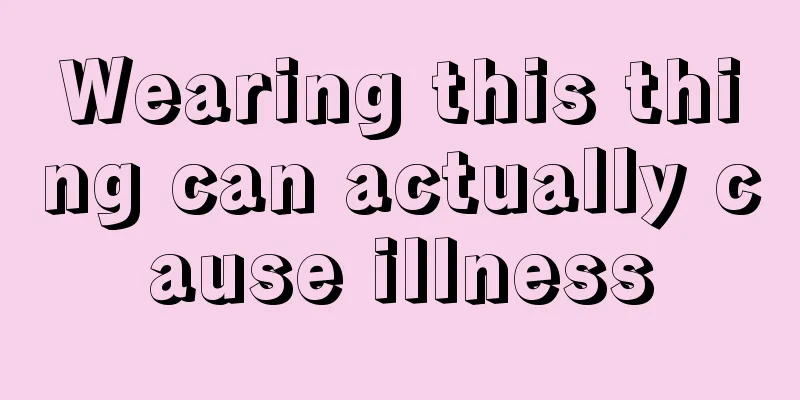Leg Corrective Surgery

|
I believe many people have heard of leg correction surgery. It is mainly to correct symptoms such as knee pain and bow legs. However, you need to pay more attention to rest after leg correction. Because of changes in the bones of the legs, it is not suitable to engage in strenuous exercise. In addition, insufficient blood supply and varicose veins may occur after the operation. Let us now learn about the postoperative care of leg correction surgery. Indications for surgery ① Knee pain and instability, which obviously affects work and life; ② Standing X-ray shows that the joint lesions are confined to one interval; ③ Ability to use crutches for rehabilitation; ④ Good vascular condition, without severe blood supply insufficiency or varicose veins of the great saphenous vein. Contraindications to surgery ① Narrowing of the lateral joint space; ② Lateral tibial subluxation greater than 1 cm; ③ Medial tibial subchondral bone defect greater than 2 mm; ④ Flexion deformity greater than 15° (lower limb skin traction is required to correct to less than 15° before surgery); ⑤ Knee flexion and extension range less than 90°; ⑥ Tibiofemoral angle needs to be corrected by more than 20°. Postoperative care After the operation, the long leg is fixed with a plaster splint and negative pressure drainage is performed for 24 to 48 hours. Practice quadriceps contraction after 24 hours, remove stitches after 2 weeks, replace long-leg cast, take X-rays, and adjust the correction angle if necessary. After 6 weeks, remove the plaster and practice knee joint function. Genu varum is treated with high tibial osteotomy and tibial tuberosity rotation and elevation, which has little trauma, few complications and good results. It is an effective method to improve the quality of life of middle-aged and elderly people. 1. Surgical correction method for bow legs: external fixator plus inverted U-shaped osteotomy of the tibial tuberosity. The main advantages of this method are: osteotomy is simple and safe, bone healing is fast, and delayed healing is not likely to occur. The use of an external fixator makes it easy to control the angle of plastic surgery correction, which can make the bone healing angle accurate and easy to adjust. Patients can move around during the treatment and their lower limb muscles will not atrophy. 2. Surgical correction method for bow legs: inverted U-shaped osteotomy of tibial tuberosity, followed by tubular plaster external fixation after surgery. According to statistics, the complete correction rate of O-leg deformity can reach more than 70%. After reading the introduction above, everyone should have a better understanding of what to pay attention to during O-leg correction surgery. In this case, surgery can be performed, but you must pay close attention to certain aspects after the surgery, including diet and behavior, so as to ensure a better life and better recovery. |
Recommend
How to relieve constipation
Constipation is a well-known word, but it really ...
The treatment of atypical pneumonia must not be taken lightly
Although SARS happened many years ago, many peopl...
How to reduce pain in late stage liver cancer
How to reduce pain in late-stage liver cancer? Tr...
Symptoms of advanced nasopharyngeal cancer
Nasopharyngeal cancer is a malignant tumor origin...
How to choose an anti-UV umbrella
Many friends are afraid of getting tanned in the ...
Tips on how to wash paint off your hands
Some people do it themselves when renovating thei...
What is the effect of salt water sitz bath
Many people like to take a bath before going to b...
How is breast cancer caused
The occurrence of breast cancer has a certain rel...
Traditional Chinese medicine can reduce the side effects of radiotherapy and chemotherapy for pancreatic cancer
Radiotherapy and chemotherapy are important means...
How to drink Cordyceps sinensis in water
Cordyceps sinensis is a very precious traditional...
What are the symptoms of chronic cystitis
Chronic bladder can also affect many patients, an...
Symptoms of recurrence of cervical cancer after surgery
Cervical intraepithelial neoplasia is a malignant...
My lips have been dry lately
Once autumn and winter come, people will lick the...
Indicators after unilateral surgery for thyroid cancer
The postoperative indicators of unilateral thyroi...
What foods are good for teeth?
I believe that many people want to have a set of ...









